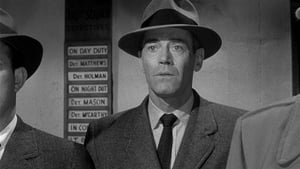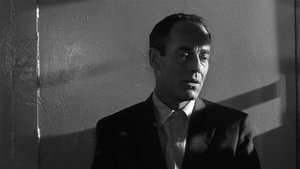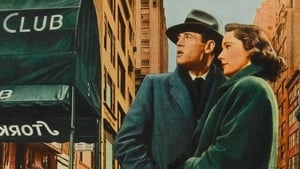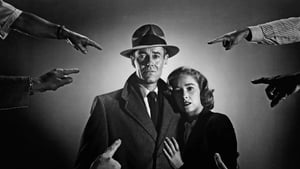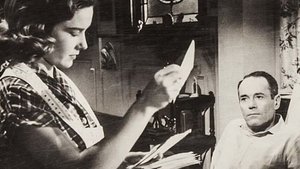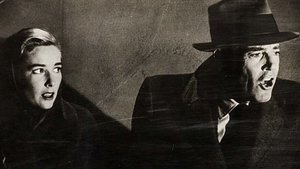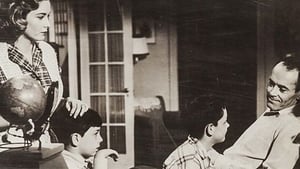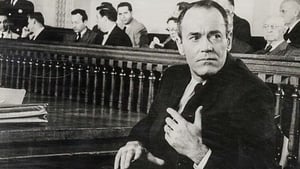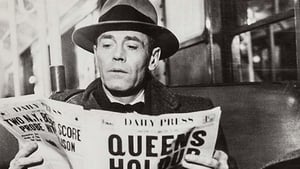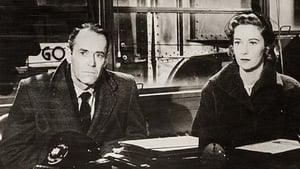Video Sources 0 Views
- Watch trailer
- The Wrong Man 1956 Colorized

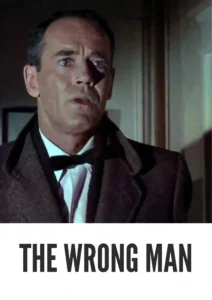
Synopsis
Table of Contents
Toggle
Delve into the chilling reality of The Wrong Man, a compelling docu-drama from 1956 directed by the master of suspense, Alfred Hitchcock. Now beautifully colorized for a heightened viewing experience, this film recounts a harrowing true story of an innocent man’s ordeal with the justice system. Ideal for fans of suspenseful dramas and those fascinated by true crime stories, this HD download brings a poignant and thought-provoking piece of cinematic history to your screen. Explore one of Hitchcock’s most underrated works, a departure from his usual glamorous thrillers, and witness a stark portrayal of injustice.
The Wrong Man tells the true story of Manny Balestrero (Henry Fonda), a Stork Club musician in New York City whose life is turned upside down when he is mistakenly identified as a robber. Manny’s desperate attempt to secure funds for his wife Rose’s (Vera Miles) dental work leads him to a series of unfortunate events, beginning with a visit to an insurance company where he is falsely recognized by employees.
As the police investigation intensifies, Manny is arrested and subjected to grueling interrogations and a lineup. The mounting pressure and the seemingly insurmountable evidence against him take a devastating toll on both Manny and his wife, Rose, who descends into a state of severe mental distress. Hitchcock masterfully portrays the Kafkaesque nightmare of an innocent man caught in the gears of the legal system, highlighting the themes of mistaken identity, paranoia, and the fragility of justice. Ultimately, The Wrong Man is a powerful and unsettling film that explores the psychological impact of wrongful accusation and the resilience of the human spirit. Experience the suspense, the emotion, and the stark reality of this unforgettable story.
The film features a stellar cast of actors who bring this true story to life with compelling performances:
-
Henry Fonda as Manny Balestrero
-
Vera Miles as Rose Balestrero
-
Anthony Quayle as Frank O’Connor
-
Harold Stone as Lt. Bowers
-
Esther Minciotti as Mama Balestrero
The Wrong Man transcends typical genre classifications, blending elements of docu-drama, film noir, and suspense. Its realistic portrayal of events and focus on character psychology set it apart from traditional thrillers, making it a unique and powerful cinematic experience.
Released in 1956, The Wrong Man marked a significant departure for Alfred Hitchcock, known for his stylish and often glamorous suspense films. This film, shot in a stark, semi-documentary style, reflects Hitchcock’s interest in exploring darker, more realistic themes. The film was produced during a time when true crime stories were gaining popularity, and The Wrong Man stands as a compelling example of the genre’s potential to explore complex social and psychological issues. It offers valuable insights into Hitchcock’s versatility as a filmmaker and his willingness to experiment with different styles and narratives.
This colorized version of The Wrong Man has been meticulously restored using state-of-the-art digital techniques, enhancing the visual impact while respecting the film’s original atmosphere of suspense and realism. The colorization process involved a detailed analysis of the original black and white footage, with careful consideration given to historical accuracy and aesthetic consistency. This painstaking process brings new depth and vibrancy to the characters and settings, making the story even more immersive for contemporary audiences. While debates about colorizing classic films persist, this version aims to introduce The Wrong Man to a wider audience, ensuring its enduring relevance.
-
: Alfred Hitchcock
-
: Maxwell Anderson, Angus MacPhail
-
: The True Story of Christopher Emmanuel Balestrero by Maxwell Anderson
-
: Robert Burks
-
: George Tomasini
-
: Warner Bros.
-
: Warner Bros.
-
: 105 minutes
-
: MP4
-
: HD (1080p)
-
: Compatible with a wide range of devices, including smartphones, tablets, computers, and smart TVs.
The Wrong Man (1956) is often regarded as one of Alfred Hitchcock’s most underrated films, praised for its powerful performances, realistic portrayal of events, and exploration of complex themes. While it may not be as widely known as some of his more commercially successful works, it remains a compelling and thought-provoking example of suspenseful drama and a valuable addition to Hitchcock’s filmography. Critics have noted its unique style, its unflinching look at the justice system, and its enduring relevance in today’s world.
-
: What is The Wrong Man about?
-
A: The Wrong Man is a docu-drama based on the true story of Manny Balestrero, an innocent man who is mistakenly identified as a robber.
-
-
: Is The Wrong Man (1956) a typical Hitchcock film?
-
A: The Wrong Man is a departure from Hitchcock’s usual glamorous thrillers, offering a more realistic and stark portrayal of suspense.
-
-
: Is this version of The Wrong Man colorized?
-
A: Yes, this version has been professionally colorized to enhance the viewing experience.
-
-
: What makes The Wrong Man interesting for Hitchcock fans?
-
A: The Wrong Man offers a unique perspective on Hitchcock’s versatility as a filmmaker and his willingness to tackle darker, more realistic themes.
-
-
: What is the download format?
-
A: The download format is MP4, which is compatible with most devices.
-
-
: What resolution is the download?
-
A: The resolution is HD (1080p), providing a high-quality viewing experience.
-
Watch The Wrong Man Today!
